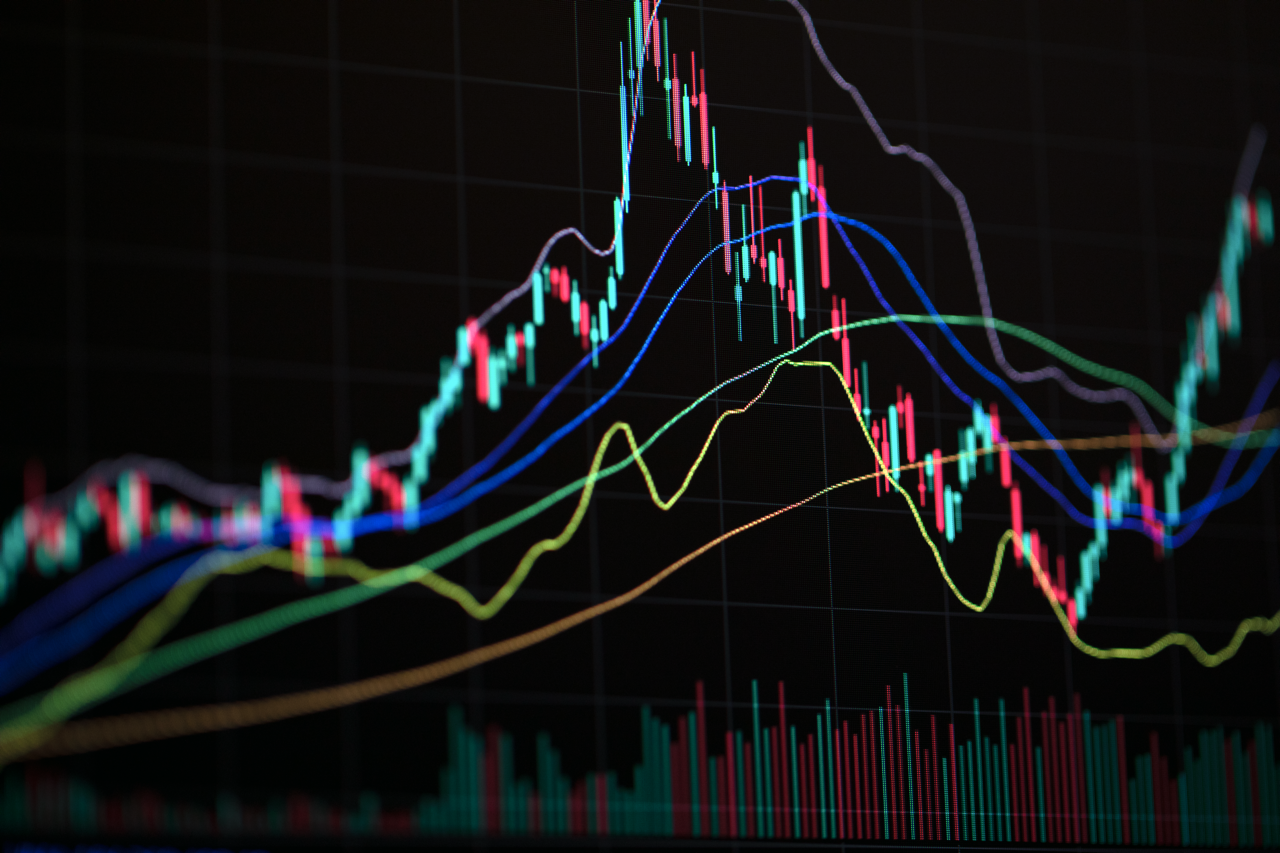Quarterly Investment Review: Q1 2025
Welcome to the Quarterly Investment Review for Q1 2025.
Our Investment team have created this resource to update you on market activity across the first quarter of 2025 and share their outlook for the coming months.
Q1 2025: 3 Investment Themes
Investment Manager, Shane de la Haye, shares three of the stand-out investment themes from Q1.
Europe Vs US:
On a year-to-date basis, at the time of writing, the MSCI Europe index has returned 6.1% in Euro terms with the S&P 500 and Nasdaq down –4.3% and –10.3% respectively in USD terms, highlighting the disparity in returns during the period.
This represents a complete reversal of what was driving the market in the latter stages of last year. This is down to several factors. Coming into the new year, US markets were trading at a premium looking expensive versus other regions and against the 5-year historic average. Everyone had heavily allocated to the region with market breadth remaining narrow throughout the year as the AI theme gained momentum.
On the flip side, Europe was looking relatively cheap on a forward-looking P/E basis and had been underinvested throughout 2024. There was also an increase in fiscal spending in Europe, spurred on from the US wanting Europe and the rest of the world to reduce its overreliance on US defense and monetary support.
The improvement of the macro picture for Europe coupled with a more attractive staring point in terms of valuations has led to a flow of funds and broadening of market breadth during the first quarter that hasn’t yet slowed.
The graph below shows the premium being paid over and above what was historically being paid for US securities. The 30-year average was 16.9x and at the end of February, it was at 21.5x, over one standard deviation above the average.


This second graph shows the P/E ratios of the top 10 S&P stocks versus the rest of the S&P, highlighting how narrow the market was throughout 2024.
Trump Tariffs:
Since Trumps inauguration he has been very vocal on the topic of tariffs and how he wants to implement them. In early February the first tariffs were announced, with Trump issuing an executive order that would require a 25% additional tariff on imports from Canada and Mexico and an additional 10% on imports from China. This was the first step of many in outlining the myriad of tariffs being implemented by the US. There were several other countries included with tariffs ranging from 10% to 50%. It also included specific industries and sectors like semiconductors and raw materials.
Needless to say, there were retaliatory actions taken by a number of countries. The tariffs have been sold as a way to reduce the budgetary deficit as well as returning American products and services back to America.
There are a number of outcomes that could come to fruition, which makes it especially hard for market participants to prepare and invest accordingly. Higher prices could reduce consumer spending or lead to increased inflation depending on how much of a tariff increase is passed on to consumers. Tariffs can also disrupt supply chains, further increasing costs for businesses.
It is expected that Trump is more likely to use the tariffs as a means to more effectively negotiate with countries and employ better trading agreements, but many could stay in place with more retaliatory actions taken by other countries.
Weakening of the USD:
We have witnessed some big moves in the US Dollar over the last 6 months and a trend reversal led by a number of factors.
Expectations were running high coming in Q3 and Q4 of 2024. The Presidential election was ongoing with the outcome and possible impacts being analysed by the market. Markets were positive on US growth as well as the strength of the wider economy with the Federal Reserve expected to reduce rates throughout 2025. This all led to significant Dollar strength with the DXY index up 10% from October 2024 to mid-January 2025.
Since then, uncertainty has increased due to the unknowns surrounding Trumps tariffs and the long-term effect tariffs may have on markets. In addition, the rate at which the Fed will be reducing interest rates has reduced. All these factors led to a weakening of the US Dollar against other major currencies with the index down -5.2% since mid-January.
What can we expect from Q2 2025?
Antony Kelsey, Managing Director - Asset Management, interviews Senior Portfolio Manager Sean Mills about the last three months of market activity and what we can expect from the months ahead. Watch for an update on:
- Geopolitical events
- Market volatility
- Timing the market vs. Time in the Market
Disclaimer: The views, thoughts and opinions expressed within this article / video are those of the author(s) / speaker(s), and not those of any company within the Capital International Group (CIG) and as such are neither given nor endorsed by CIG. Information in this article / video does not constitute investment advice or an offer or an invitation by or on behalf of any company within the Capital International Group of companies to buy or sell any product or security or to make a bank deposit. Any reference to past performance is not necessarily a guide to the future. The value of investments may go down as well as up and may be adversely affected by currency fluctuations. CIG, its clients and officers may have a position in, or engage in transactions in any of the investments mentioned. Opinions constitute views as at the date of publication and are subject to change.
Capital International Limited is a member company of the Capital International Group and is licensed by the Isle of Man Financial Services Authority. Capital International Limited is a member of the London Stock Exchange.














